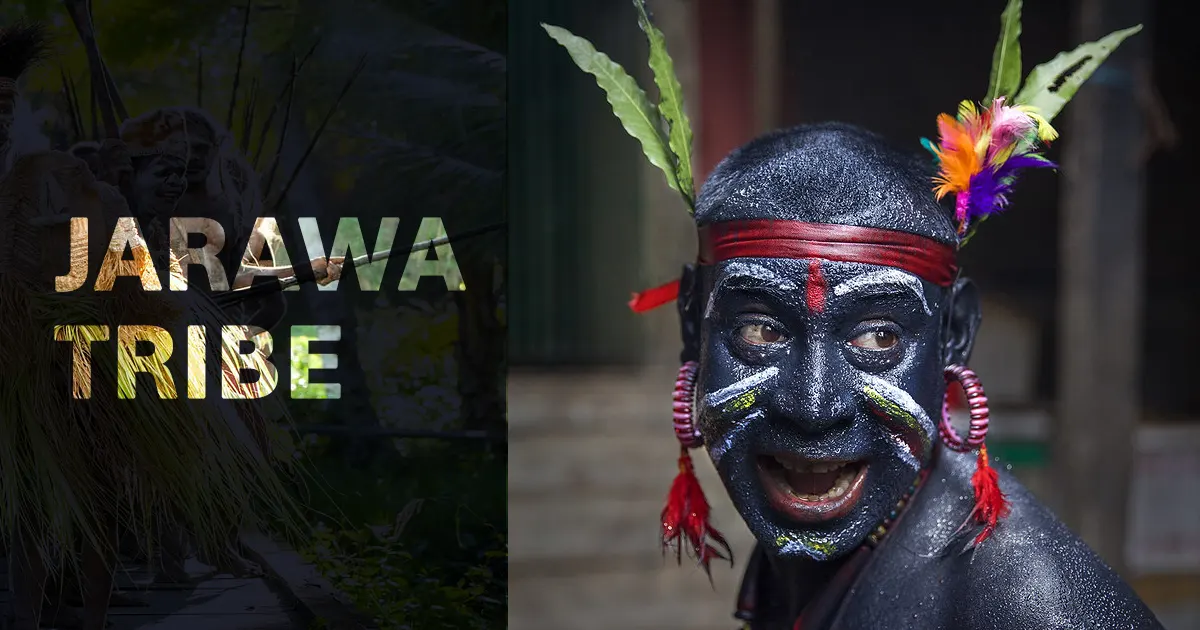Prelims – Tribes

Context: In November 2024, 19 members of the Jarawa tribe from the Andaman and Nicobar Islands were officially enrolled in the electoral roll for the first time, marking a significant development for this indigenous group.
Tribal Classification:
The Jarawa tribe is classified as a Particularly Vulnerable Tribal Group (PVTG), a status that highlights their unique cultural and social characteristics.
Demographic Trends:
- The population of the Jarawa tribe saw a decline during the British colonial rule but has since stabilized post-independence.
- The current estimated population is around 400 individuals.
Lifestyle:
- The Jarawas are a nomadic, hunter-gatherer tribe. They sustain themselves through the collection of wild fruits, roots, honey, and fish.
Housing:
- They live in temporary huts located along the western coast of South and Middle Andaman Islands.
Language:
- The Jarawa language, belonging to the Ongan family of languages, is unique and critically endangered, as it is not mutually intelligible with other languages. It is recognized as being at risk of extinction by UNESCO’s Atlas of the World’s Languages in Danger.
Osteoporosis is a condition characterized by the weakening of bones due to a loss of bone density, making them more fragile and prone to fractures. The condition is often referred to as “porous bone” because, under a microscope, osteoporotic bone resembles a honeycomb with much larger spaces compared to healthy bone.
Key Points:
- Impact: In osteoporosis, bone loss occurs faster than new bone formation. This leads to bones becoming porous, brittle, and susceptible to fractures even from minor injuries. The condition can also cause changes in posture, with individuals developing a stooped appearance.
- Risk Factors:
- Age and gender: Osteoporosis is more common with aging, and elderly women are at higher risk due to hormonal changes after menopause.
- Low body weight, smoking, excessive alcohol consumption, and a family history of osteoporosis increase risk.
- Lack of physical activity after the age of 40 or previous fractures also contribute to a higher risk of osteoporosis.
- Prevalence: Osteoporosis affects a large number of elderly individuals, with women being particularly vulnerable due to decreased estrogen levels post-menopause. In India, an estimated 46 million women are living with post-menopausal osteoporosis.
- Diagnosis: A bone mineral density scan (DEXA) is used to assess the mineral content in bones, helping to detect osteoporosis and determine its severity.
- Prevention: Ensuring adequate intake of calcium, protein, and vitamin D, along with regular weight-bearing exercise, is key in preventing osteoporosis and maintaining bone health.




